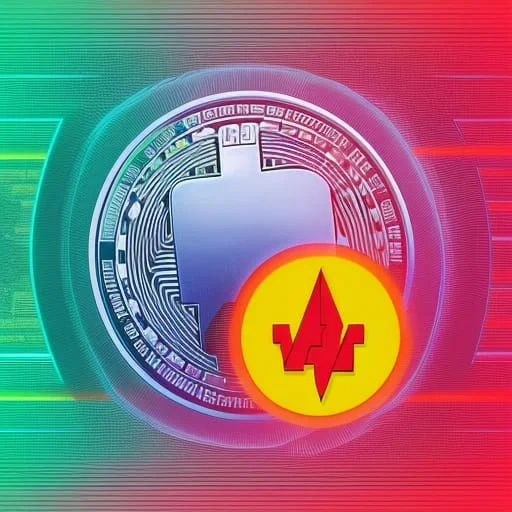Rise of Ripple The Transformation of Cryptocurrency in the Payment System
Cryptocurrencies have disrupted traditional financial systems, and one cryptocurrency that has made significant strides in revolutionizing the payment industry is Ripple. Ripple, also known as XRP, offers a decentralized digital payment protocol that enables fast and low-cost international money transfers. In this blog post, we will explore the rise of Ripple and how it is transforming the cryptocurrency landscape in the payment system.
1. Efficient Cross-Border Transactions:
One of the primary focuses of Ripple is to streamline cross-border transactions. Traditional international transfers often involve multiple intermediaries, resulting in delays and high fees. Ripple's payment protocol eliminates the need for intermediaries, enabling direct peer-to-peer transactions. This not only significantly reduces transaction costs but also speeds up the settlement time, allowing for near-instantaneous cross-border payments.
2. RippleNet and Interledger Protocol:
Ripple operates on its network called RippleNet, which connects banks, payment providers, and digital asset exchanges. RippleNet provides a standardized infrastructure that allows seamless integration between financial institutions, simplifying the process of cross-border payments. Additionally, Ripple utilizes the Interledger Protocol (ILP), an open protocol suite that facilitates interoperability between different ledgers, including both fiat currencies and cryptocurrencies. This interoperability fosters a more inclusive and interconnected global payment ecosystem.
3. Liquidity and On-Demand Liquidity (ODL):
Ripple's native digital asset, XRP, plays a crucial role in facilitating liquidity in the RippleNet ecosystem. Financial institutions can use XRP as a bridge currency to facilitate instant currency conversions during transactions. Furthermore, Ripple's On-Demand Liquidity (ODL) service leverages XRP to enable real-time liquidity for cross-border transactions, allowing institutions to eliminate the need for pre-funded accounts in destination countries. ODL provides significant cost savings and enhances liquidity management for financial institutions.
4. Partnerships with Financial Institutions:
Ripple has forged strategic partnerships with numerous financial institutions worldwide, including banks and payment providers. These partnerships validate the credibility and trustworthiness of Ripple's technology, leading to increased adoption of its payment solutions. Notable partnerships include collaborations with Santander, MoneyGram, and Standard Chartered, among others. These partnerships demonstrate the growing recognition of Ripple's potential to revolutionize the global payment system.
5. Regulatory Compliance:
As the cryptocurrency industry evolves, regulatory compliance becomes increasingly important. Ripple has actively worked towards establishing strong compliance standards and has engaged in dialogue with regulatory bodies worldwide. By complying with relevant regulations, Ripple aims to foster a sustainable and compliant cryptocurrency ecosystem, which further enhances its acceptance and adoption by financial institutions and governments.
Conclusion:
Ripple's transformative impact on the payment system is undeniable. With its focus on efficiency, liquidity, and interoperability, Ripple is revolutionizing the way cross-border transactions are conducted. Its partnerships with financial institutions and commitment to regulatory compliance position Ripple as a viable solution for the global payment industry. As Ripple continues to gain traction and expand its network, the rise of this cryptocurrency heralds a new era of seamless and cost-effective international payments, benefiting businesses and individuals alike.

